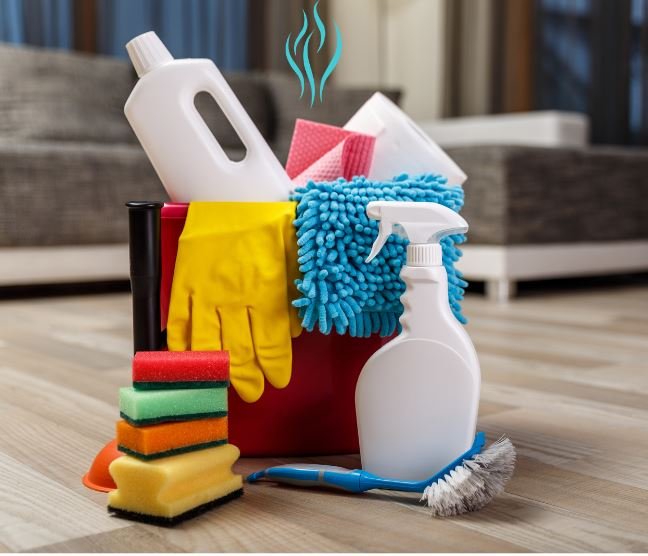The Dangers of VOCs
With the world turning its eyes toward the COVID-19 pandemic, there also came an increased focus on indoor air quality (IAQ). IAQ has long been neglected compared to outdoor air pollution. Besides germs in the air, there are also volatile organic compounds (VOCs) that can contaminate the air. According to the American Lung Association, “volatile organic compounds, or VOCs, are gases that are emitted into the air from products or processes.”
What are Sources of VOCs?
Although VOCs are more common indoors where ventilation is poor, the Environmental Protection Agency (EPA) states that VOC levels are “consistently higher indoors,” with indoor VOC levels reaching up to 10 times higher than outdoor levels. Common household items that produce VOCs include solvents, paints and thinners, cleaners and disinfectants, and air fresheners. But VOCs are also found in businesses and schools, with copiers, printers, carbonless paper, correction fluids, flooring, carpet, office furniture and even craft and office supplies like markers and glues emitting these harmful gases into the room.
Why are VOCs Dangerous?
VOCs can damage the respiratory system, which can lead to an oxygen deficit in the body. Not only are there direct effects on the lungs, but without enough oxygen reaching the body’s vital organs, other issues can arise. Even short-term exposure leads to respiratory problems, headaches, dizziness, fatigue, and nausea. With long-term exposure to VOCs, the health effects can lead to organ damage, neurological problems, and even cancer. Although VOCs have an effect on our health, not all people are equally susceptible to VOCs, with those who suffer from asthma or other respiratory complications being more sensitive to their effects. Thinking of all of these issues, it is concerning that the EPA found that the concentration of VOCs in the air can continue long after the activity that produced them has ceased.
Reduce VOCs with ISO-Aire Carbon Air Purifiers
Our line of ISO-Aire carbon air purifiers come equipped with ozone-free bipolar ionization which reduces and eliminates VOCs in your space.
VOCs are clearly an important issue, and close attention should be paid toward reducing the levels of VOCs inside. This requires diligent attention to monitoring air quality, which can be a challenging task given that VOCs are invisible to the human eye. To overcome this challenge, it’s important that buildings are equipped with the proper technology to help eliminate VOCs. This is where in-space, carbon air purifiers like ISO-Aire benefit a building’s occupants. Our units can be equipped with three levels of air purification technology that includes a 12 inch-thick V-Bank activated carbon filter and ozone-free bipolar ionization, as well as a MERV-9 pre-filter to help with air particulates. These units not only reduce VOCs, fumes, and odors, but they also help clean the air of germs, allergens, and mold, enabling all occupants to breathe safely.
If your primary focus is on reducing air particulates like germs but still want to see some relief with VOCs, check out our HEPA air purifiers that are available with ozone-free bipolar ionization and a carbon pleated pre-filter that will still help protect you from VOCs.
If you have questions about VOCs in your facility, we at ISO-Aire are here to help guide you to a solution that best fits your needs.


